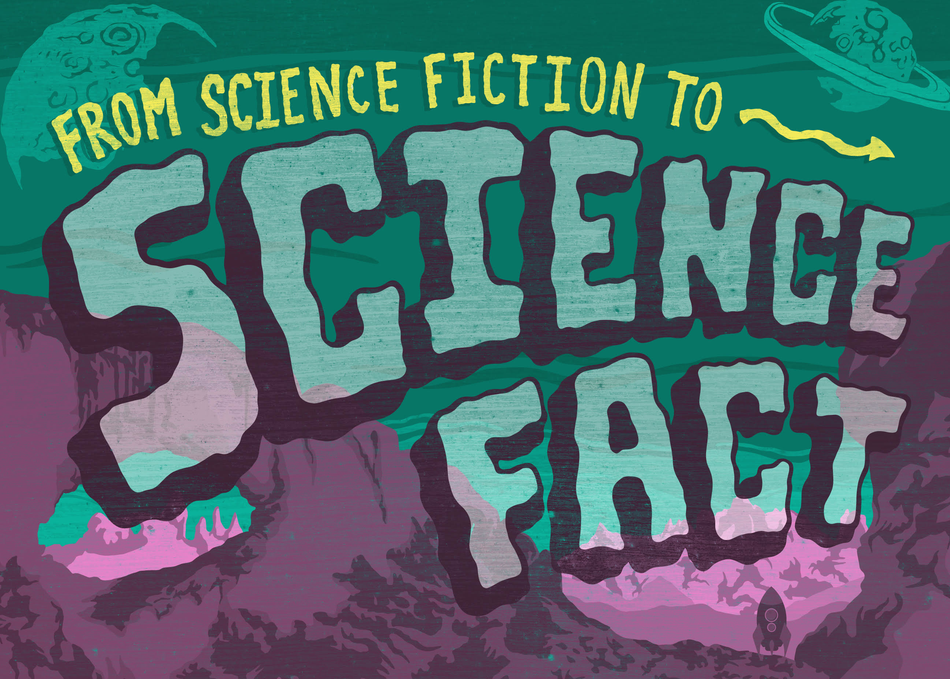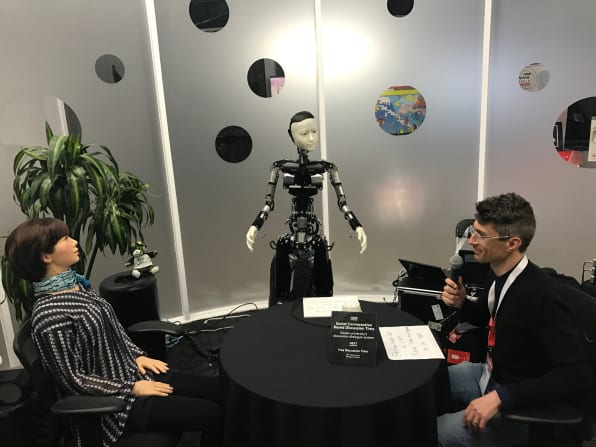I’m not sure why the astronomy community is so taken with creating music out of data but it seems to be the most active of the science communities in the field. This October 15. 2023 article by Elizabeth Hlavinka for Salon.com provides a little context before describing some of the latest work, Note: Links have been removed,
Christine Malec, who has been blind since birth, has always been a big astronomy buff, fascinated by major questions about the universe like what happens when a limit reaches infinity and whether things like space travel could one day become a reality. However, throughout her childhood, most astronomical information was only accessible to her via space documentaries or science fiction books.
Nearly a decade ago, Malec discovered a completely new way to experience astronomy when she saw astronomer and musician Matt Russo, Ph.D., give a presentation at a local planetarium in Toronto. Using a process called astronomical sonification, Russo had translated information collected from the TRAPPIST-1 solar system, which has seven planets locked in an orbital resonance, into something people who are blind or have low vision could experience: music.
Russo’s song sent a wave of goosebumps through Malec’s body. Something she had previously understood intellectually but never had turned into a sensory experience was suddenly, profoundly felt.
“It was unforgettable,” Malec told Salon in a phone interview. “I compare it to what it might be like for a sighted person to look up at the night sky and get a sensory intuition of the size and nature of the cosmos. As a blind person, that’s an experience I hadn’t had.”
Through astronomical sonification, scientists map complex astronomical structures like black holes or exploded stars through the similarly expansive and multidimensional world of sound. Translating data from outer space into music not only expands access to astronomy for people who are blind or have low vision, but it also has the potential to help all scientists better understand the universe by leading to novel discoveries. Like images from the James Webb telescope that contextualize our tiny place in the universe, astronomical sonification similarly holds the power to connect listeners to the cosmos.
“It really does bring a connection that you don’t necessarily get when you’re just looking at a cluster of galaxies that’s billions of light years away from you that stretches across many hundreds of millions of light years,” said Kimberly Kowal Arcand, Ph.D., a data visualizer for NASA’s Chandra X-ray Observatory. “Having sound as a way of experiencing that type of phenomenon, that type of object, whatever it is, is a very valid way of experiencing the world around you and of making meaning.”
Malec serves as a consultant for Chandra Sonifications, which translates complex data from astronomical objects into sound. One of their most popular productions, which has been listened to millions of times, sonified a black hole in the Perseus cluster galaxy about 240 million light-years away. When presenting this sonification at this year’s [2023] SXSW festival in March, Russo, who works with Chandra through an organization he founded called SYSTEM Sounds, said this eerie sound used to depict the black hole had been likened to “millions of damned souls being sucked into the pits of hell.”
…
Here’s some of what the audience at the 2023 SXSW festival heard,
If you have the time , do read Hlavinka’s October 15. 2023 article as she tells a good story with many interesting tidbits such as this (Note: Links have been removed),
…
William “Bill” Kurth, Ph.D., a space physicist at the University of Iowa, said the origins of astronomical sonification can be traced back to at least the 1970s when the Voyager-1 spacecraft recorded electromagnetic wave signals in space that were sent back down to his team on Earth, where they were processed as audio recordings.
Back in 1979, the team plotted the recordings on a frequency-time spectrogram similar to a voiceprint you see on apps that chart sounds like birds chirping, Kurth explained. The sounds emitted a “whistling” effect created by waves following the magnetic fields of the planet rather than going in straight lines. The data seemed to confirm what they had suspected: lightning was shocking through Jupiter’s atmosphere.
“At that time, the existence of lightning anywhere other than in Earth’s atmosphere was unknown,” Kurth told Salon in a phone interview. “This became the first time that we realized that lightning might exist on another planet.”
…
And this (Note: Links have been removed),
…
Beyond astronomy, sonification can be applied to any of the sciences, and health researchers are currently looking at tonifying DNA strands to better understand how proteins fold in multiple dimensions. Chandra is also working on constructing tactile 3-D models of astronomical phenomena, which also expands access for people who are blind or have low vision — those who have historically only been able to experience these sciences through words, Malec said.
…
Chandra and other sonification projects
I found a brief and somewhat puzzling description of the Chandra sonification project on one of the of US National Aeronautics and Space Administration (NASA) websites. From a September 22, 2021 posting on the Marshall Science Research and Projects Division blog (Note: Links have been removed,)
On 9/16/21, a Chandra sonification image entitled “Jingle, Pluck, and Hum: Sounds from Space” was released to the public. Since 2020, Chandra’s “sonification” project has transformed astronomical data from some of the world’s most powerful telescopes into sound. Three new objects — a star-forming region, a supernova remnant, and a black hole at the center of a galaxy — are being released. Each sonification has its own technique to translate the astronomical data into sound.
For more information visit: Data Sonifications: Westerlund 2 (Multiwavelength), Tycho’s Supernova Remnant, and M87. https://www.nasa.gov/missions_pages/chandra/main/index.html.
A Chandra article entitled “Data Sonification: Sounds from the Milky Way” was also released in the NASA STEM Newsletter. This newsletter was sent to 54,951 subscribers and shared with the office of STEM engagements social media tools with approximately 1.7M followers. For more information visit: https://myemail.constantcontact.com/NASA-EXPRESS—-Your-STEM-Connection-for-Sept–9–2021.html?soid=1131598650811&aid=iXfzAJk6x_s
I’m a little puzzled by the reference to a Chandra sonification image but I’m assuming that they also produce data visualizations. Anyway, as Hlavinka notes Chandra is a NASA X-ray Observatory and they have a number of different projects/initiatives.
Getting back to data sonification, Chandra offers various audio files on its A Universe of Sound webpage,
Here’s a sampling of three data sonification posts (there are more) here,
- May 11, 2017 posting, Sounding out the TRAPPIST-1 planetary system
- August 5, 2021 posting, Space and sound (music from the Milky Way)
- May 27, 2022 posting, The sound of the mushroom
Enjoy!

